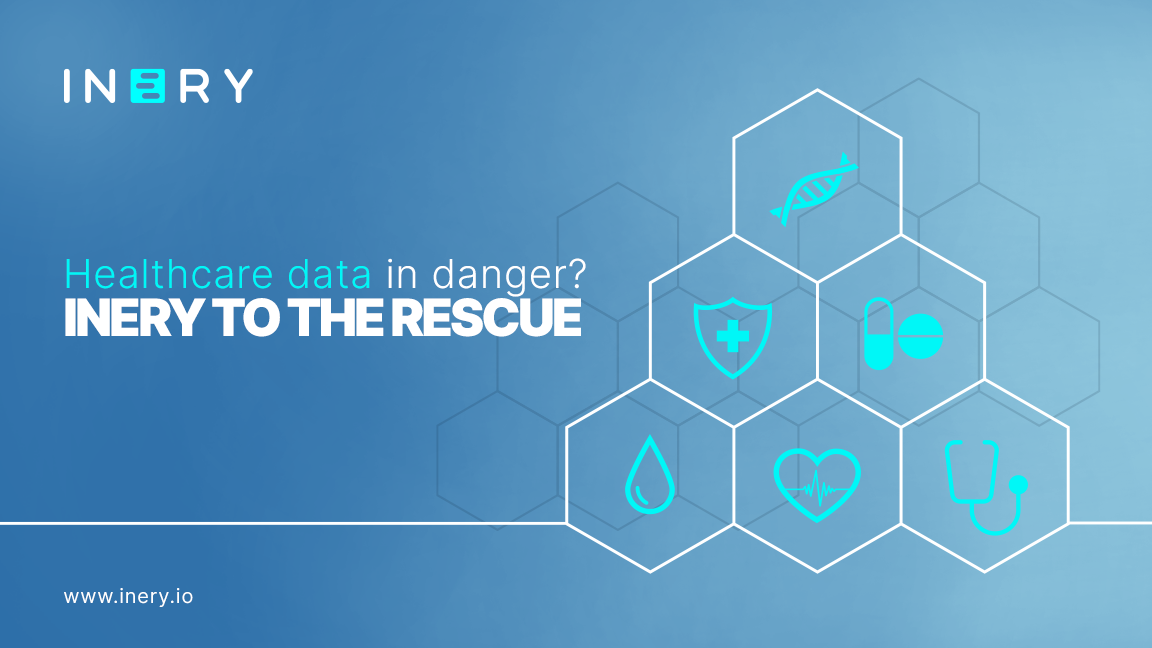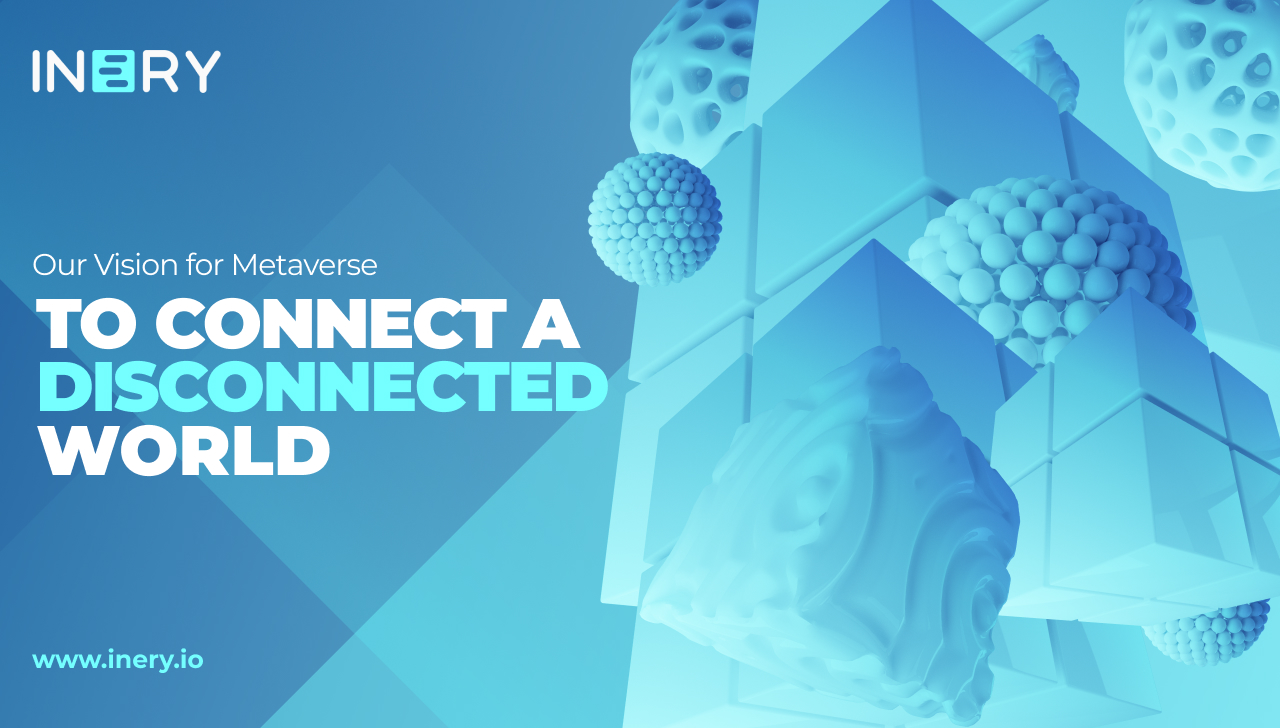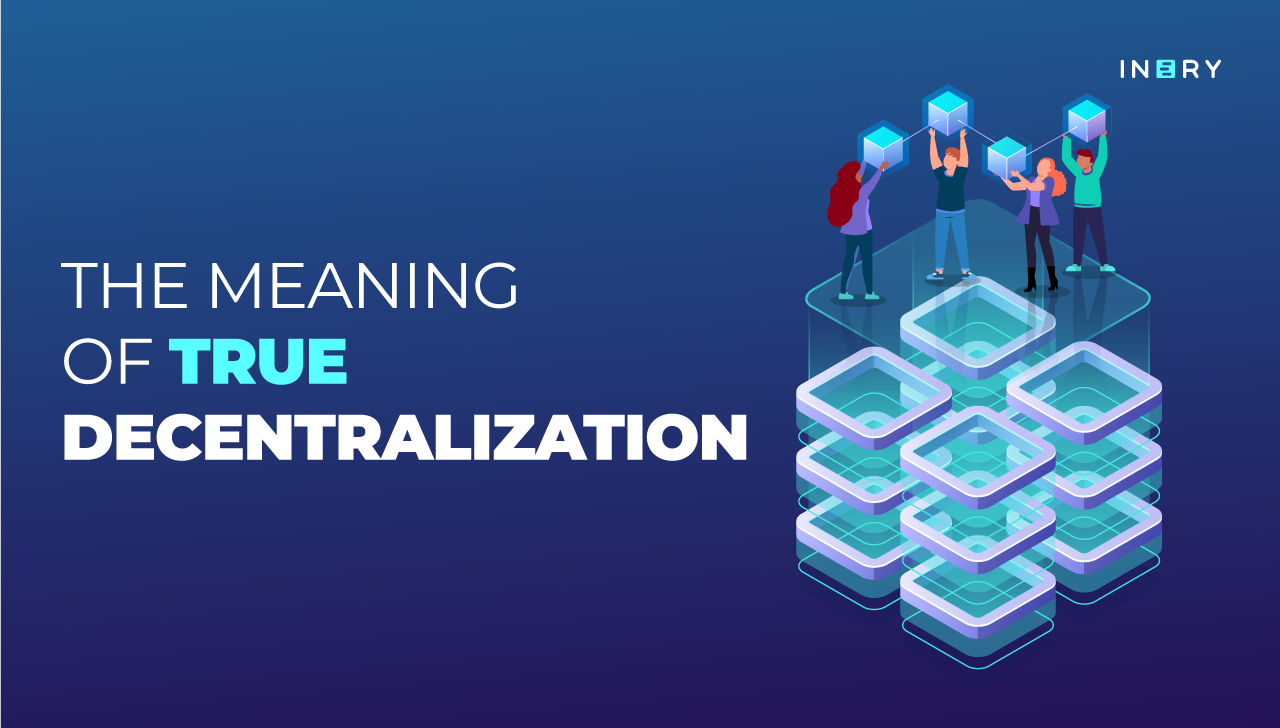Decentralization is vital to Web3. The idea is that, through decentralization, we can create a more private digital space that empowers users to give and take data on their own terms. That’s why most Web3 projects slap on the word “decentralization” at the top of their marketing copy. Every new Web3 app promises decentralization in its purest form.
Sadly, we cannot believe all marketing. True decentralization is more elusive, perhaps too elusive for any Web3 service that exists today. In fact, one could even argue that it isn’t achievable at all.
Why Today’s Decentralized Projects Aren’t Truly Decentralized
So why do current blockchain projects fall short of the truly decentralized ideal? Plenty of them have decentralized elements like the blockchain, for example. However, they also have aspects of centralization, due to either external or internal reasons.
We can take centralized crypto exchanges (CEX) as a poignant example of “decentralized code” centralized from the outside. CEXs facilitate and monitor crypto transactions, but this oversight is very much centralized. The exchange keeps all the wallets (if it provides custodial services, which it usually does), it’s in charge of the platform everyone uses, and its C-suite decides on the platform’s overall direction.
SEC Commissioner Hester Peirce aptly called this phenomenon shadow-centralization: power grabbing in a decentralized system through corporate governance of the network. Unfortunately, shadow centralization can be extremely dangerous. Essentially, CEXs carry over the issues inherent to centralized hierarchies of technology built around the opposite. Those who dabble in Web3 need only hear the name FTX to understand exactly what’s at stake.
This kind of outside centralization is relatively easy to point out and potentially remove. We can see centralization in governments, companies, and other plainly hub-and-spoke structures. But things get complicated when we consider the core elements of decentralized apps. For example, any non-scalable L1 blockchain will likely need L2 intermediary solutions to keep up with the growing network size.
The issue seems even more unsolvable when viewing blockchain networks themselves as the centralized intermediary. After all, a Bitcoin transaction can’t happen without the “institution” that is Bitcoin. To transfer BTC, you need the Bitcoin network and all of its members—a big third party in disguise.
What Is True Decentralization?
Given the above, decentralization in the truest sense doesn’t sound possible. Well, a kind of idealistic decentralization might not be doable on the blockchain. But in a practical sense, decentralization doesn’t remove authorities: it distances them. Bitcoin itself may be a third party, but it’s far less so than any non-distributed solution.
The point of decentralization, then, is to enable independent communication and coordination, spreading out power as evenly as possible. Coordination in decentralized communities happens based on common goals and ends as needed, but no single figure directly orchestrates that effort (imagine a flock of birds temporarily flying in sync to avoid obstacles or catch prey). The network itself may indirectly impose authority, but the transfer of value is much more free-flowing.
There’s no absolute power in the blockchain, but power has to consolidate somewhere—there will always be a compromise. You can see this notion in the writings of various blockchain thought leaders. For example, Ethereum’s Vitalik Buterin delineates three axes of decentralization:
- Architectural: current and maximum possible number of computers in the network
- Political: number of organizations or individuals that control the computers in the system
- Logical: the system’s ability to act as a single computer
As far as the blockchain goes, Vitallik considers it decentralized along the architectural and political axes. However, in his eyes, it is logically centralized: all the data on the blockchain is in a set-in-stone state, and it behaves consistently when parts of it are disconnected. This isn’t inherently bad, as it makes the blockchain reliable during partitions or poor connectivity. But it’s still a form of centralization.
Decentralization, Security, and Scalability
Decentralization on the blockchain is a desirable feature, despite it being kind of a ghost. But another issue with it is that greater decentralization comes at the cost of either scalability or security.
This is the famous blockchain trilemma: you can’t maximize decentralization, security, or scalability without compromising the other two. But this doesn’t mean developers have to throw either of the three out the window. Rather, the network can focus on one or two points and create workarounds for the remaining one.
For example, the Lightning Network makes Bitcoin more scalable, so it can focus on decentralization and security. But the downside is that such a solution creates a security weak point outside the blockchain itself, so it isn’t a perfect fix.
Interestingly, a scalable layer-1 blockchain can better optimize all three parts of the trilemma. If it’s easily scalable, the blockchain can add more nodes without add-ons like the Lightning Network. Since more overall nodes means more nodes that need to be altered to impact the blockchain, security is increased. Meanwhile, decentralization remains unaffected because security is high enough not to require intermediaries to intervene. The decentralization sliding scale can go more in the positive direction as a result.
Inery: a Scalable, Decentralized Blockchain
The Inery layer-1 blockchain is infinitely scalable. As such, it offers a data infrastructure that’s optimal for decentralized apps. Through the proprietary Inery blockchain, users can manipulate data at a throughput of over 10,000 transactions per second. Users on this blockchain can enjoy powerful scaling capabilities without hiccups in performance.
Meanwhile, this blockchain maintains high security through the energy-efficient Self-Delegated Proof of Stake (SDPoS) consensus protocol. This mechanism ensures that attackers can’t gain enough leverage to influence the network.
With both scalability and security taken care of, decentralization is as viable on Inery as it can get. The Inery blockchain positions the pieces of the trilemma in the best possible way. Through its architecture, the spirit of decentralization becomes that much more tangible.
So take a quantum leap with Inery, and experience uninhibited decentralization in a secure, sustainable way.

Inery•
1 year ago
Healthcare Data in Danger? Inery to the Rescue
Inery’s decentralized data system to cater to the data challenges in the healthcare industry. ...READ MORE

Share

Inery•
1 month ago
How Blockchain Supports Sustainable Business Practices
Learn how blockchain technology promotes sustainable business operations by optimizing supply chains, supporting carbon credit trading, and ensuring data integrity. ...READ MORE

Share

Inery•
1 year ago
How to Become an Inery Validator?
Validators are an integral part of every blockchain. But, what exactly is a validator, and how do you become one for Inery? ...READ MORE

Share

Inery•
2 years ago
Our Vision for Metaverse: To Connect a Disconnected World
Changing the dynamics of metaverse from a platform-specific approach to the interoperability of content between different platforms. ...READ MORE

Share
Most popular today


